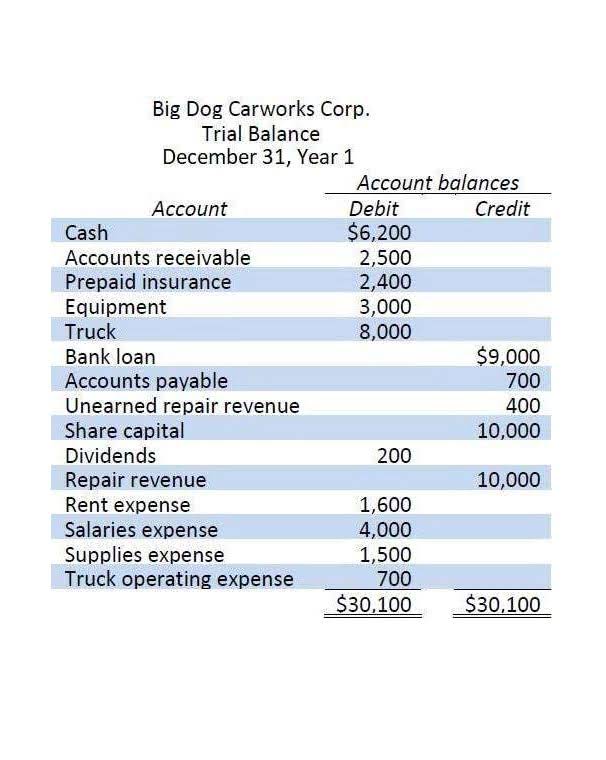
A direct cost is a cost directly tied to a product’s production and typically includes direct materials, labor, and distribution costs. Inventory, raw materials, and employee wages for factory workers are all examples of direct costs. Many accountants will tell you that cost accounting is the most difficult accounting subject to learn. That’s because cost accounting has many terms that are not used in other areas of accounting (financial accounting and management accounting, to name a few). If you’re looking for an overview of the most important terms and principles for this subject, you’ve found it!

You also need to consider that over the period the truck will be used, maintenance costs, car insurance, gas, and other costs to keep the car operational will be incurred. Determining costing variance allows a manager to pinpoint the particular areas where there are cost differences and the reasons for the differences. By analyzing it, the manager can know which added costs are avoidable and how to avoid them.
Process Costing: Analyzing Costs for Mass Production
To reduce and eliminate costs in a business, you need to know the formulas that are most often used in cost accounting. When you understand and use these foundational formulas, you’ll be able to analyze a product’s price and increase profits. The main aim of marginal costing is to determine the break-even point during production. Production reaches a break-even point when the total revenue of production equals total production costs. Operating costs are costs that are incurred in the day-to-day running of a business.

This ever-changing environment can create uncertainty and necessitate constant updates to methodologies and systems. The above discussion leads us to the conclusion that cost accounting is a systematic procedure for determining per-unit costs. It serves, therefore, the purposes of both ascertaining costs and controlling costs.
What Are the Types of Cost Accounting?
Accounting helps businesses track and monitor their finances, contributing to long-term viability. Imagine a private clinic offering consultations where doctors are paid per patient seen (variable) while monthly rent remains constant (fixed). A cost accountant would meticulously track these expenses to understand their impact on overall profitability.

The reality is that maximum production capacity cannot be maintained throughout the life cycle of the company — machinery will undergo maintenance and employees will go on vacation. This will not only reduce inventory holding cost accounting basics costs but will also minimize downtime from having no storage space thereby preventing opportunity cost in terms of cash blocked in inventory. Properly conducted life cycle cost accounting is usually 80% or more accurate.
What is your current financial priority?
Cost accounting systems aim to work out the cost of producing goods and services soon on completion and not long after production. Cost accounting enables a business not only to ascertain what various jobs, products, and services have cost https://www.bookstime.com/ but also what they should have cost. It locates losses and wastages, thereby helping to avoid them in the future. Cost accounting is a managerial accounting process that involves recording, analyzing, and reporting a company’s costs.
For example, if the marginal cost of producing one additional unit is less than the selling price, then it makes sense to produce more units. Under standard costing, each unit of product is assigned a set cost for materials, labor, and overhead. These costs are then used to value inventory and calculate the cost of goods sold. Variable costs fluctuate as the level of production output changes, contrary to a fixed cost.
